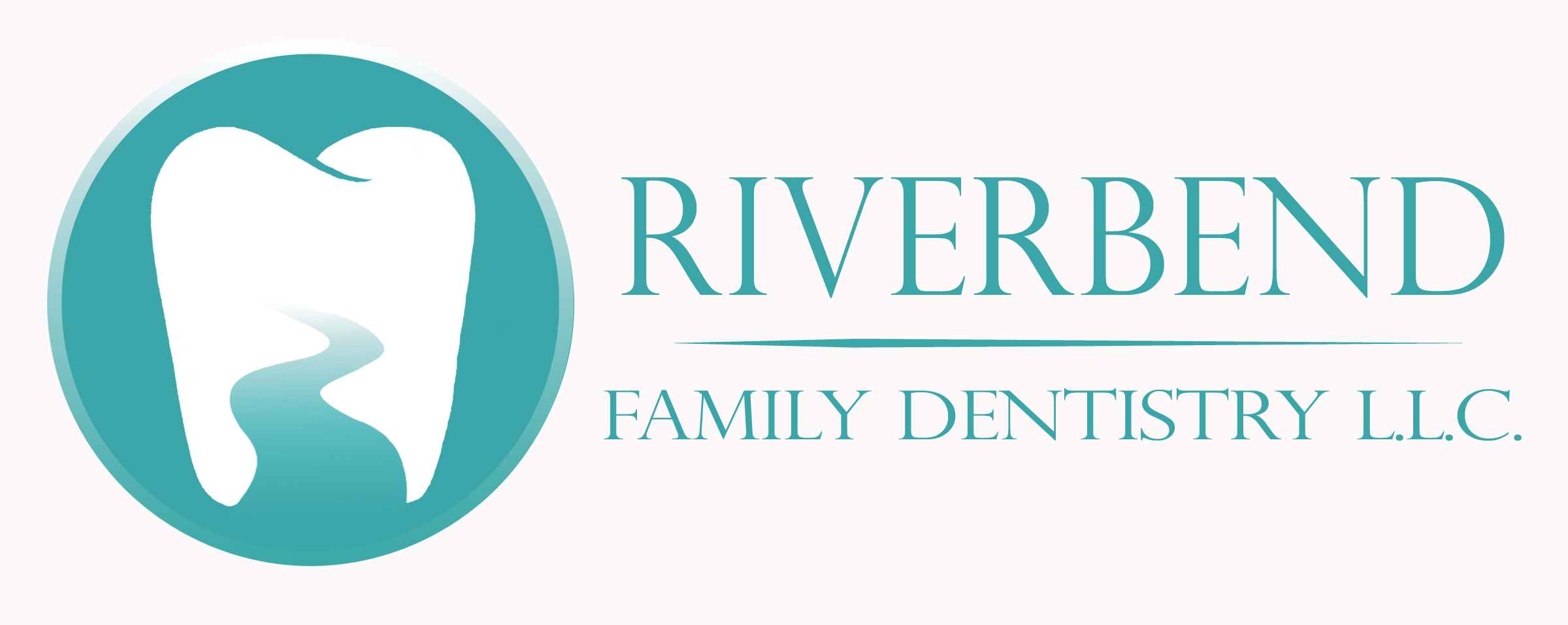Tooth Extraction
Every tooth is important! However, it may be determined that a tooth needs to be extracted for any number of reasons. Teeth may need to be extracted due to advanced decay, to periodontal bone loss, or fractures resulting in a hopeless prognosis. Other teeth may need to be extracted for preventive measures (such as wisdom teeth) or for future orthodontic treatment.
Although a tooth extraction is our last option, it may be the only option. As a result, your teeth may shift to accommodate the missing tooth, your ability to chew may be affected, and your jaw may be temporarily agitated per the missing tooth.
Replacing this extracted tooth is very important! Treatment options to replace the newly extracted will be discussed so that your chewing can improve and aesthetic issues can be addressed.
Extraction procedure
To ensure the comfort of our patients, we offer nitrous oxide (N2O) and in some cases (when needed), a relaxing sedative can be prescribed prior to the procedure to relax you.
The tooth and adjacent tissues will initially be numbed with topical anesthesia, followed by a local anesthesia. All sharp or poking pain will be removed. During the procedure, you may feel pressure and hear noises, but this is normal.
Teeth are held in be thousands of little ligaments that extend from the tooth to the bone, so the tooth will need to be rocked back and forth to be loosened and eventually extracted.
Sectioning tooth
In some cases, the tooth may fracture due to advanced decay or weakened tooth structure, requiring the tooth to be sectioned. This can be common in molars, with several roots. In these cases, your dentist will simply section the tooth and retrieve the separated pieces.
Following the procedure
After the tooth is removed, we will place gauze over the extraction site. You will be asked to keep pressure on this for 30-45 min. You will be given extra gauze and post op instructions following the extraction. The gauze is used to stop the bleeding. If bleeding persists after this time, replace the gauze and keep pressure on the site for another 30 min.
You will be instructed to refrain from creating any vacuum in your mouth, and this can be easily remembered by the three S’s:
- No sucking through a straw
- No spitting
- No smoking
The blood clot needs to create a seal over the bone so as to prevent a “dry socket.” A dry socket can present at Day 2-4 with a bad odor, bad taste in your mouth, and significant pain. Please follow the rule of the three S’s to prevent a dry socket!
Day 1 you can rinse with a warm salt water, and if by Day 4 you have none of the symptoms of a dry socket, you’re good to go.
You may present with swelling and sensitivity to the area for up to 72 hours, but this is normal. Follow the prescriptions given (if applicable) and refrain from any physical activity for 24 hours. If any symptoms resembling a dry socket present, give us a call at the office.
